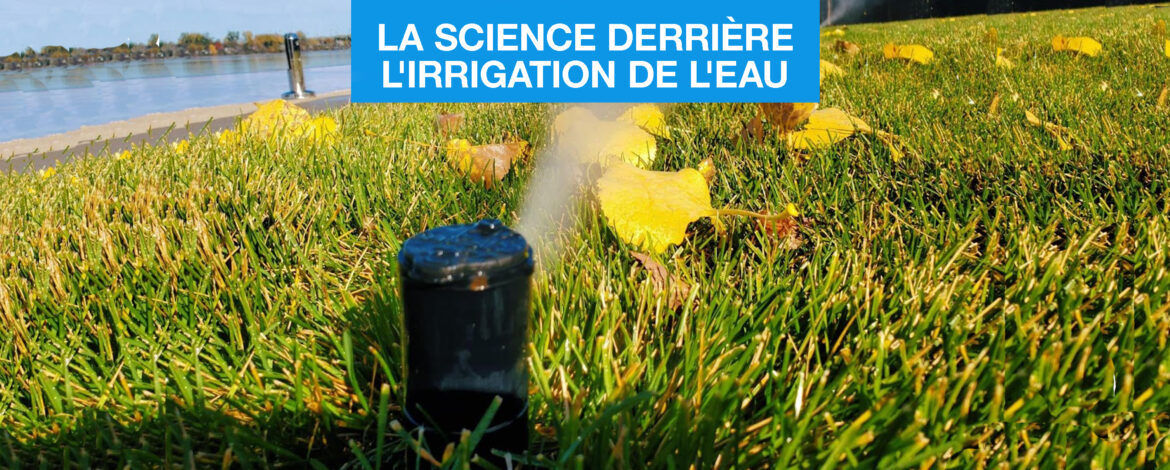Water irrigation is an essential practice in modern agriculture. It allows for providing the necessary amount of water to plants to promote their growth and maximize yields. But did you know that there is a true science behind water irrigation? In this article, we will explore the fundamental principles and benefits of water irrigation, as well as the different methods used to optimize this process.
THE FUNDAMENTAL PRINCIPLES OF WATER IRRIGATION
1. The Importance of Water for Plants
Water is a vital element for the survival of plants. It plays an essential role in photosynthesis, nutrient transport, and maintaining cellular turgidity. Without an adequate water supply, plants can wilt, suffer from nutritional deficiencies, and experience significant reductions in growth and yield.
2. Optimizing the Quantity of Water
Water irrigation aims to provide the optimal amount of water to plants, based on their specific needs at each growth stage. It is crucial to maintain a delicate balance, as excessive irrigation can lead to water runoff and leaching of soil nutrients, while insufficient irrigation can cause water stress and reduce crop productivity.
3. Factors Influencing Irrigation
Several factors need to be considered when implementing an effective irrigation system:
Soil characteristics: The texture, structure, and water-holding capacity of the soil can affect the frequency and duration of irrigation.
Climate: Weather conditions, such as temperature, humidity, and evaporation, influence the rate at which water is lost from the soil.
Crop requirements: Different crops have specific water needs at each growth stage, requiring adaptation of irrigation techniques.
DIFFERENT METHODS OF IRRIGATION
1. Sprinkler Irrigation
Sprinkler irrigation is one of the most commonly used methods. It involves spraying water through pipes and nozzles, simulating artificial rain. This method is suitable for a wide variety of crops and allows for uniform coverage of the field. However, it can lead to water losses through evaporation and requires constant monitoring to avoid overwatering.
2. Drip Irrigation
Drip irrigation is a more precise and water-efficient method. It involves the use of perforated pipes or emitters that deliver small amounts of water directly to the plant roots. This approach reduces water losses and allows for precise control of water delivery. Moreover, it promotes the efficient use of fertilizers as nutrients can be directly administered to the roots.
3. Flood Irrigation
Flood irrigation, also known as flood or furrow irrigation, is primarily used in rice paddies. It involves flooding the field with a controlled amount of water, creating an ideal environment for rice cultivation. This method also helps in weed control, but it can result in water losses through evaporation.
BENEFITS OF WATER IRRIGATION
Water irrigation offers numerous benefits, including:
Improved Yields: By providing an optimal water supply, irrigation helps optimize plant growth and increase agricultural yields.
Water Resource Conservation: Through the use of efficient irrigation methods, it is possible to reduce water losses through evaporation and preserve precious water resources.
Adaptation to Climate Conditions: Precise water delivery allows for adaptation to climate variations, such as droughts or heavy rainfall.
Weed and Disease Reduction: Certain irrigation methods, such as flood irrigation, effectively control weeds and crop diseases.
In conclusion, water irrigation is an essential practice in modern agriculture. Understanding the scientific principles behind irrigation and selecting the appropriate method can significantly enhance agricultural yields while preserving water resources. It is crucial to adapt irrigation techniques according to the specific needs of crops, soil, and climate conditions.

